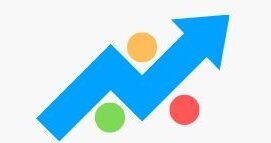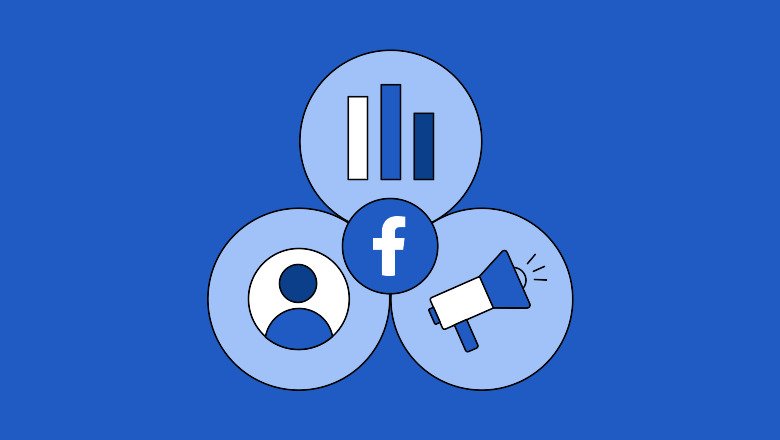How to Understand and Optimize the Facebook Ads Learning Phase
The learning phase is the period when Facebook’s ad delivery system is trying to understand how best to deliver your ads. During this phase, the algorithm gathers data on your ad performance and audience behavior to optimize delivery and improve your results.
This phase begins when:
- You launch a new ad set or campaign.
- You make significant edits to an existing ad set or campaign.
- You change optimization events or targeting options.
In simple terms, the learning phase is when Facebook is “learning” who is most likely to take your desired action (purchase, click, view, etc.).
Why the Learning Phase Matters
Understanding the learning phase is crucial because performance during this time may fluctuate. Facebook itself states that ad sets in the learning phase tend to have:
- Higher cost per result (CPR)
- Less stable performance
- Incomplete data for optimization
By being aware of this, you can avoid making premature judgments about your ads and make better data-driven decisions.
How Long Does the Learning Phase Last
The learning phase typically ends when an ad set accumulates around 50 optimization events within a 7-day period. These events depend on your chosen campaign objective. For example:
- If your objective is conversions, Facebook will look for 50 conversion events.
- If your objective is traffic, Facebook will look for 50 link clicks.
Once Facebook gathers enough data, your ad set is considered to have “exited” the learning phase and can be fully optimized.
What Triggers the Learning Phase
Several actions can trigger the learning phase, even for existing campaigns. These include:
- Creating a new ad set or campaign
- Changing the target audience
- Adjusting the ad creative
- Modifying optimization goals or bidding strategies
- Significant budget changes (typically 20% or more)
Every time you make a substantial change, Facebook needs to relearn how to deliver your ad effectively.
How to Exit the Learning Phase Quickly
To exit the learning phase efficiently and improve your campaign stability, follow these best practices:
1. Use a Larger Audience Size
A broader audience provides Facebook’s algorithm with more data points, helping it learn faster and more accurately.
Tip: Avoid overly narrow targeting early in your campaign. You can refine it later once you have sufficient data.
2. Set a Realistic Budget
Ensure your daily budget allows you to achieve at least 50 optimization events per week. For example, if you’re optimizing for purchases with an average cost of $10 per purchase, your budget should be at least $70 per week.
3. Minimize Frequent Edits
Making constant changes restarts the learning phase, which delays optimization. Instead of tweaking your ad set daily, give it time to gather data.
4. Consolidate Ad Sets
Avoid splitting your budget across too many small ad sets. Instead, combine similar audiences or creatives to ensure each ad set gets enough data.
5. Optimize for the Right Event
Make sure your optimization goal matches your actual campaign objective. For example, if your ultimate goal is conversions, don’t optimize for link clicks just to exit the learning phase faster. That would reduce the quality of your conversions.
Learning Limited: What Does It Mean
Sometimes you may notice the status “Learning Limited” in Ads Manager. This status appears when your ad set is unlikely to generate enough optimization events to exit the learning phase.
Common Causes of Learning Limited:
- Too small an audience
- Too low a budget
- Narrow optimization event (e.g., optimizing for purchases when you only get 1-2 per week)
- Too many ad sets competing for the same audience
How to Fix Learning Limited:
- Increase your budget
- Broaden your audience
- Combine ad sets
- Consider optimizing for a higher-funnel event (e.g., add to cart instead of purchase)
How the Learning Phase Affects Performance
During the learning phase, performance metrics such as:
- Cost Per Click (CPC)
- Click-Through Rate (CTR)
- Return on Ad Spend (ROAS)
… may show inconsistent behavior.
It’s normal to see higher costs and lower conversion rates initially. Resist the urge to kill an ad set too quickly; many ads perform better once they exit the learning phase.
Should You Pause Ads During the Learning Phase
Pausing an ad during the learning phase doesn’t reset the learning, but resuming it later can lead to delayed performance optimization. It’s best to avoid pausing unless absolutely necessary, especially in the early stages.
Learning Phase and A/B Testing
If you’re conducting A/B testing, the learning phase still applies to each ad variant. However, since testing often involves limited budgets and audiences, it’s even more important to let your tests run long enough to exit the learning phase before drawing conclusions.
How to Check Learning Phase Status in Ads Manager
You can check the learning phase status by:
- Going to Ads Manager
- Navigating to the Delivery column
- Looking for labels like “Learning,” “Active,” “Learning Limited,” or “Inactive”
This column gives you real-time feedback on your ad set’s optimization status.
Best Practices Summary
| Best Practice | Benefit |
|---|---|
| Use broad audiences | More data = faster learning |
| Set proper budget | Ensures enough optimization events |
| Avoid frequent edits | Prevents restarting the learning phase |
| Combine similar ad sets | Reduces fragmentation and accelerates optimization |
| Monitor learning status | Helps you identify underperforming campaigns |
Conclusion
The Facebook ads learning phase is a critical part of ad delivery that significantly affects your campaign performance. By understanding how the learning phase works, what causes it, and how to optimize around it, you can run more effective campaigns with better ROAS and stability.
Remember, patience is key. Let your ad sets collect enough data before making decisions. The more you work with Facebook’s algorithm, the better your results will be.

